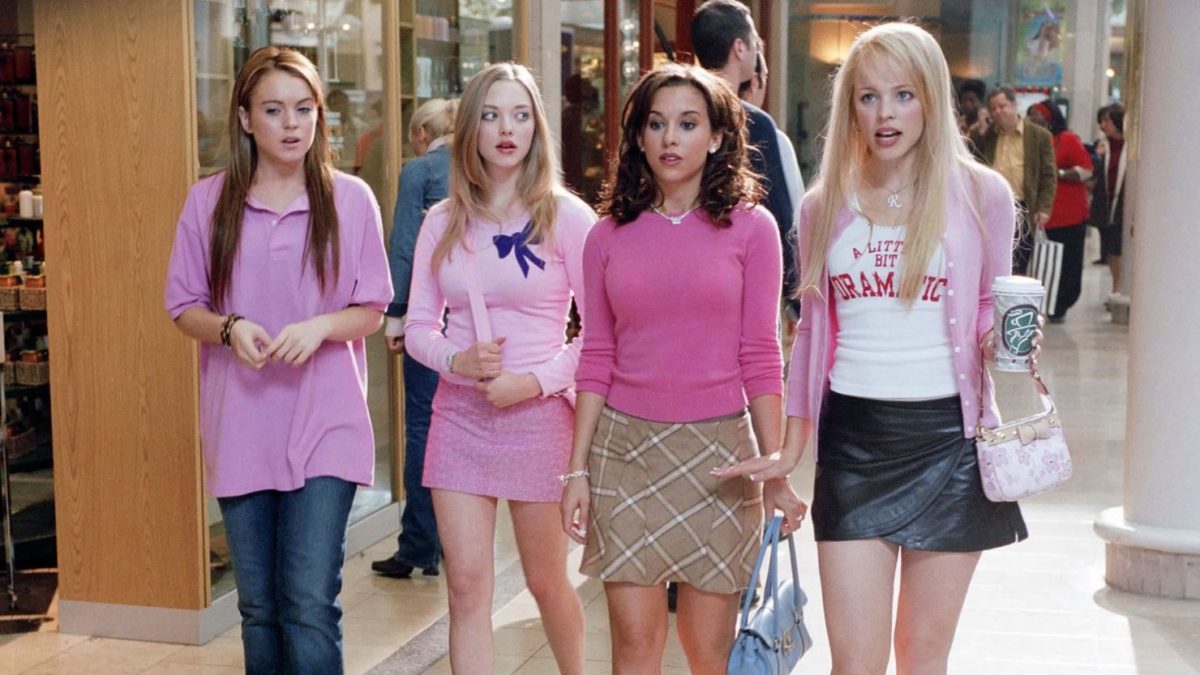The squelch of blood. The ripping of flesh. The crunch of broken bones. Each of these gruesome scenes is depicted in Damien Leone’s “Terrifier 3,” a 2024 slasher film that has led to significant controversy and left horror fans reeling.
“Terrifier 3,” released this past September, is the third in the “Terrifier” trilogy, a film franchise revolving around a demonic, sadistic killer named Art the Clown. The first 10 minutes of the film feature a family — including two young children — being brutally murdered in extreme detail. This elicited a variety of negative reactions among viewers, with some fainting, throwing up and even walking out of theaters. Despite this, Leone remained indifferent, even going as far as using these reactions to promote “Terrifier 3.”
Excessively graphic murder scenes involving mutilation, sexual torture and beheadings are depicted throughout the movie, making it the most violent and contentious of the three “Terrifier” films by far. Even so, the movie has achieved massive success, earning $54 million in domestic box office sales and becoming the most lucrative unrated film in cinematic history. However, mixed responses from audiences have sparked discussions on where to draw the line between gore contributing to a film and being unnecessarily explicit.
Gore is a subgenre within horror films that portrays extreme violence to provide an element of shock value. The 1963 film “Blood Feast” directed by Herschell Gordon Lewis was revolutionary for its time period, known for being one of the first examples of a real splatter film — a type of horror film that deliberately focuses on graphic portrayals of violence. “Blood Feast” was the first of its kind to incorporate such depictions of gore, including showing disembowelment in gratuitous detail. Movies that came before it generally chose to focus on the aftermath of murders rather than the actual act itself, often simply implying violence or panning the camera away before it could get explicit. Over the last six decades, the popularity of gory films has skyrocketed, with many of today’s most well-received horror franchises such as “Saw” and “Hannibal” displaying heavy violence. This widespread acclaim raises the question of why and how gore films have developed such a devoted fanbase.
A variety of psychological factors play a role in why many people find the subgenre of gore so intriguing, as taboo as its content is. For one, witnessing gore can stimulate the body’s fight-or-flight response, which releases hormones such as adrenaline, endorphins and dopamine. These chemicals are neurotransmitters that influence mood and behavior by increasing heart rate and alertness, reducing pain perception and promoting feelings of well-being. Individuals who experience a stronger desire for excitement and thrill may also be more likely to enjoy gory films, a phenomenon known as sensation-seeking. Sensation-seeking is a personality trait that describes the need for new and intense experiences, and the willingness to take risks to obtain them.
While some argue that gore is a necessary addition to horror films in an artistic aspect, excessive gore can be considered unethical for a multitude of reasons.
Numerous anti-gore advocates have pointed out how the shock value of gore can cause viewers to overlook the deeper meaning of a film, allowing directors to get away with a subpar plotline by prioritizing fear factor. Many believe that the overuse of gore has actually weakened the horror genre as a whole, being used as a mere cash-grab and a substitute for other impactful cinematic tools such as sound, lighting, jumpscares and psychological suspense.
“I don’t like gore when it’s used as a cheap scare tactic. If it’s a needed part of a scene, fine, but when it’s just thrown in [because] they couldn’t come up with a decent idea for a scare, it feels really low effort to me,” one Reddit user said.
In addition, many viewers of “Terrifier 3” voiced discomfort regarding the explicit brutality against young children shown in the film, a boundary that is rarely crossed in the slasher genre.
“I’m certain there will be zero substance to Terrifier 3 slaughtering a child. Won’t mean anything, no artistic value, just hyperviolence for the sake of hyperviolence because Terrifier is torture […],” said one X user in response to the teaser for the film, which hinted at a child being killed.
The morality of depicting the torture of defenseless characters such as animals and children has been debated for years within the horror community, the question still lingering of whether or not it does more harm than good. Most fans can come to the consensus that gore in horror films is acceptable to an extent but, if used excessively, can quickly cross over into unethical territory. For directors and writers, this means ensuring that a gory scene is not simply there to fill screen time, but that it genuinely serves the storyline. As for the horror community, it is crucial to understand the impacts of overusing gore and choose wisely which directors and films to support.









